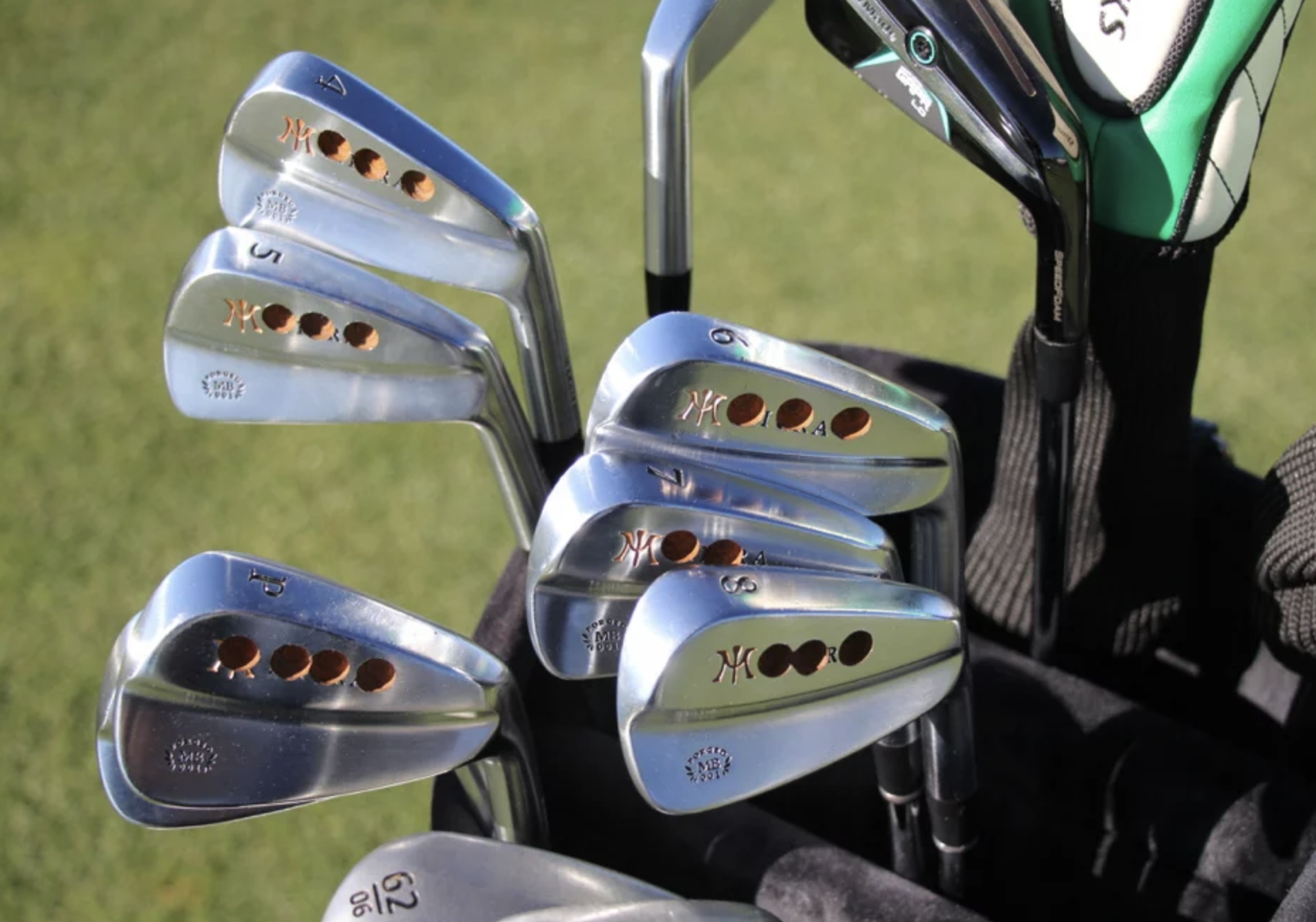
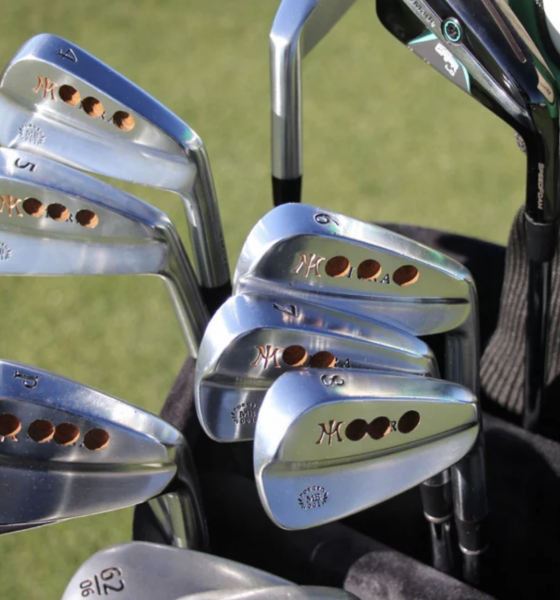
Equipment
Charl Schwartzel’s drilled-out Miura irons: A builder’s perspective
We see plenty of cavity back irons on the PGA Tour. Most of these irons have been strategically designed to position weight and center of gravity to maximize performance. Spotted this week at the AT&T Pebble Beach Pro-Am: a nonconventional set of “cavity backs” in the form of Charl Schwartzel’s drilled-out Miura MB-001 blade irons.

As first reported by Golf.com’s Andrew Tursky, Charl, an equipment free-agent, bought the irons online, and after tinkering with them (obviously, Charl is a true gear nut), he felt the irons were just a bit too heavy at D6 swing weight and wanted to bring them down to around D3. These number will seem quite arbitrary to some, so to help explain swing weight, we have a short video below
Now, the question comes down to why would he drill out the irons instead of just having the clubs built to his desired spec?
In the case of Miura irons, a company founded in Japan. The iron head weights are heavier than others on the market because Japan spec irons are generally built to shorter lengths than their North American counterparts. The clubheads are noticeably heavier in the shorter irons and wedges (see chart below), which is why we see more holes in the pitching wedge vs. the longer irons.
Since the MB-001’s are a solid muscle design with no badges or weight ports in the head, there is no other way to remove the mass needed to hit a lighter swing weight for Charl—unless Miura was to produce a set heads at a lighter weights by grinding off mass during the final production steps before final finishing.

Head weight specs 3-PW starting at 245g at the 3-iron.
As a result, when built with heavier tour weight shafts (anything 110g or above) and at a standard North American length (37″ – 7 iron, or longer), the clubs will end up being heavier than what would be considered standard swing weight (usually between D1-D4). Let me please point out that in the golf club manufacturing world there are very few standard practices or measurements beyond the USGA ruler and swing weight scale. Although the phrase “standard clubs” is still common nomenclature, it applies very little to the custom club building world.
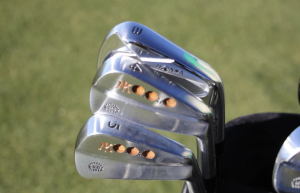
Beyond adding mass to the grip end of the club to counteract the heavier weight of the heads, a practice known as counterbalancing, the only other option is to drill mass out of the clubhead (see full video above for further explanation). Charl reportedly did the drilling himself when fine-tuning the clubs and after a few holes got them right where he likes them.
Based on the thickness of the iron muscle and the amount of mass removed from each head (roughly six grams), these holes have no effect on the performance of the irons (but have probably killed any potential resale value on the open market—bearing in mind that last part is tongue in cheek). If Charl wins another major with these, who knows what they would be worth.
Other examples
This process of drilling out mass has also been referred to as “porting,” and club builders have been doing it for a long time. In the case of wedges, porting not only helps reduce clubhead weight, but can also help (in a very, very small way) remove mass from lower in the head to raise the CG. It’s the exact reason Callaway introduced this design feature in the original PM Grind and continues with the design philosophy today in the JAWS MD5.
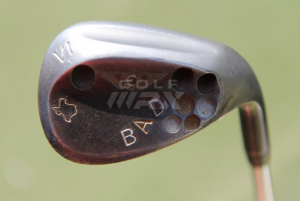
With Bryson’s wedges being more than 1″ over standard length, weight had to be removed from the head.
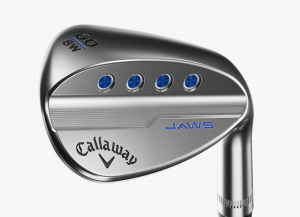
We don’t recommend you start drilling holes in your irons and wedges just yet and suggest seeing a professional club builder to help you sort out your specs and get you dialed in. For more pictures of the clubs Charl Schwartzel is using this week, head to the GolfWRX forum: Charl Schwartzel – WITB 2020 AT&T Pebble Beach
- LIKE286
- LEGIT40
- WOW25
- LOL20
- IDHT4
- FLOP6
- OB4
- SHANK44
Whats in the Bag
Sam Burns WITB 2024 (April)
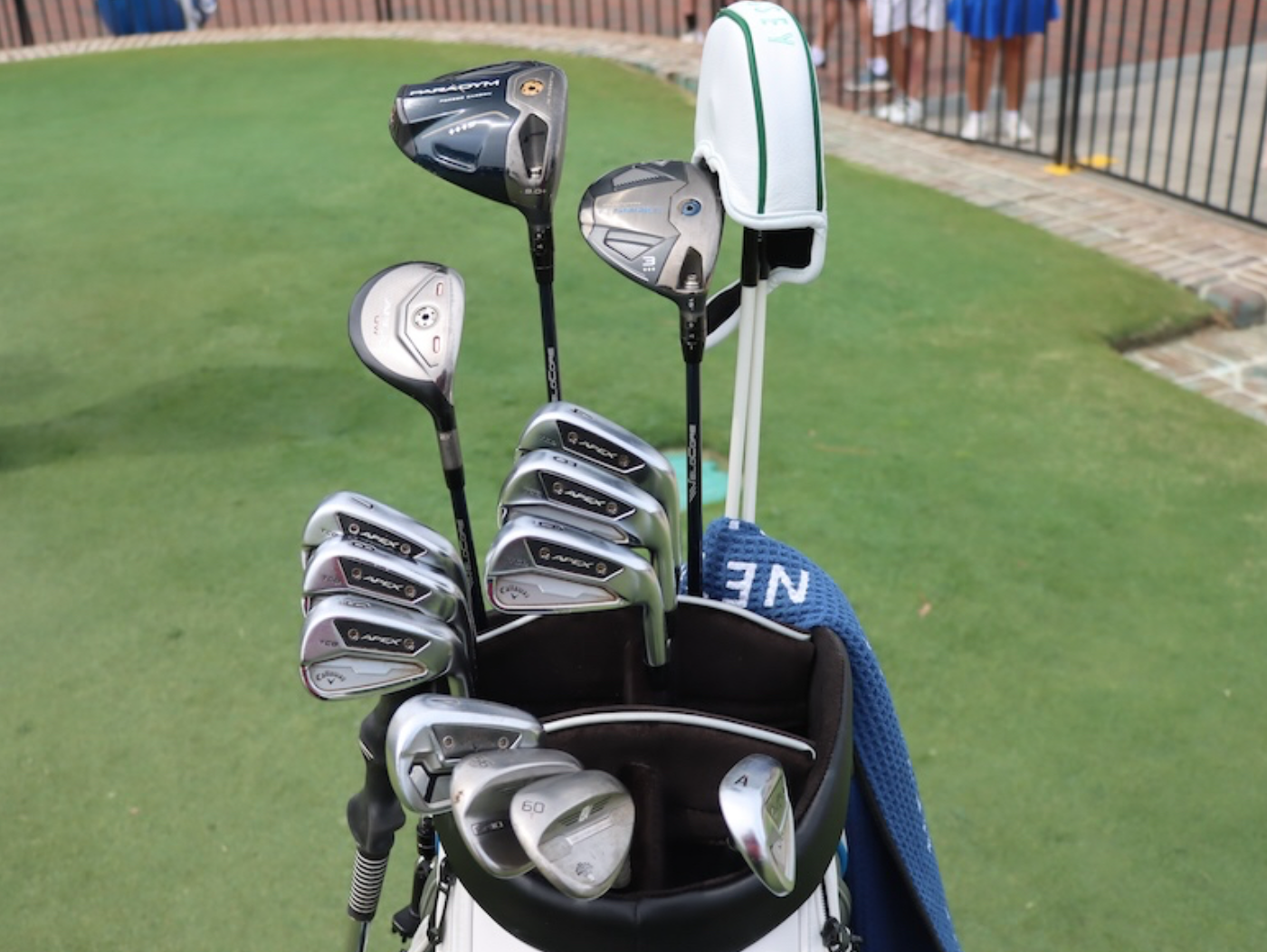
- Sam Burns’ what’s in the bag accurate as of the RBC Heritage.
Driver: Callaway Paradym Triple Diamond S (9 degrees @10)
Shaft: Fujikura Ventus Blue 7 TX
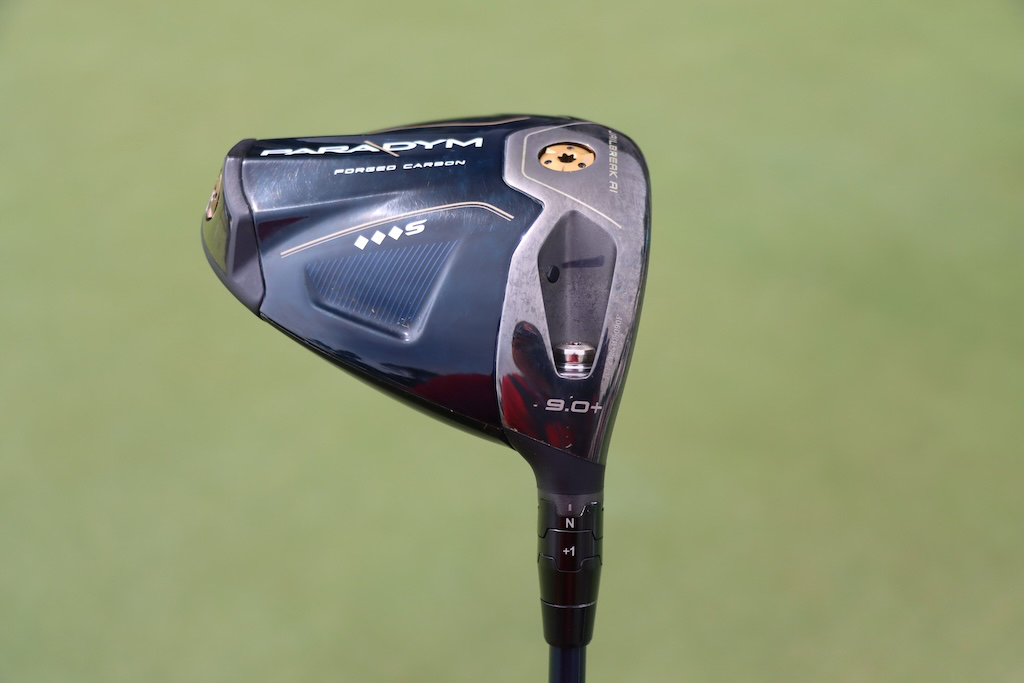

3-wood: Callaway Paradym Ai Smoke Triple Diamond T (15 degrees @16)
Shaft: Fujikura Ventus Blue 8 X
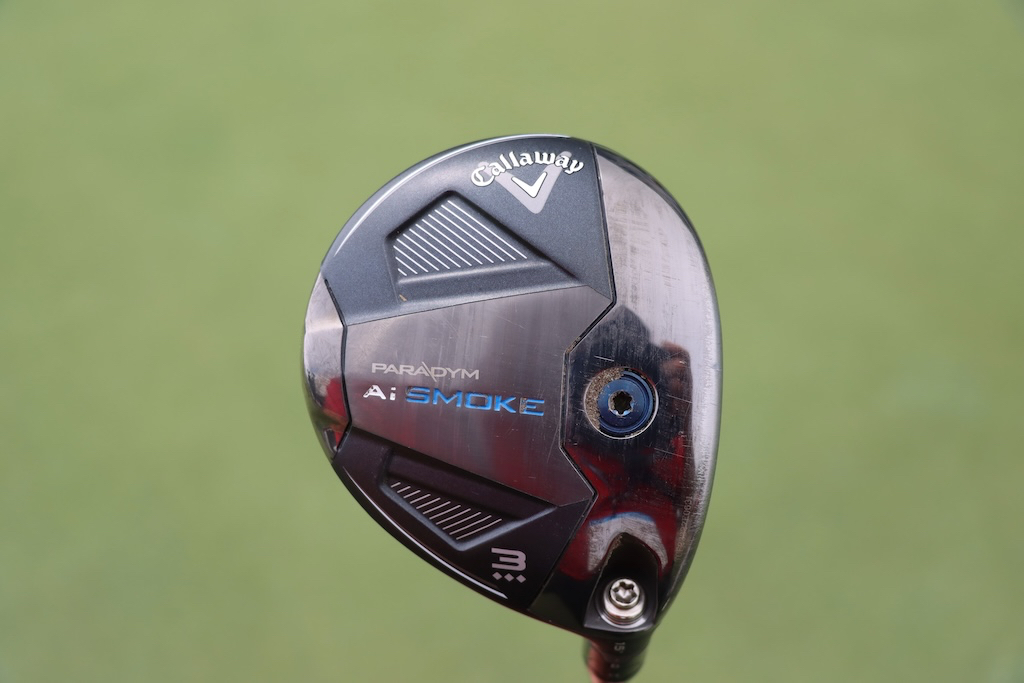
Hybrid: Callaway Apex UW (21 degrees)
Shaft: Fujikura Ventus Blue 8 X
Irons: Callaway Apex TCB ’24 (4-AW)
Shafts: Project X 6.5 (4-PW), True Temper Dynamic Gold X100 Tour Issue (AW)
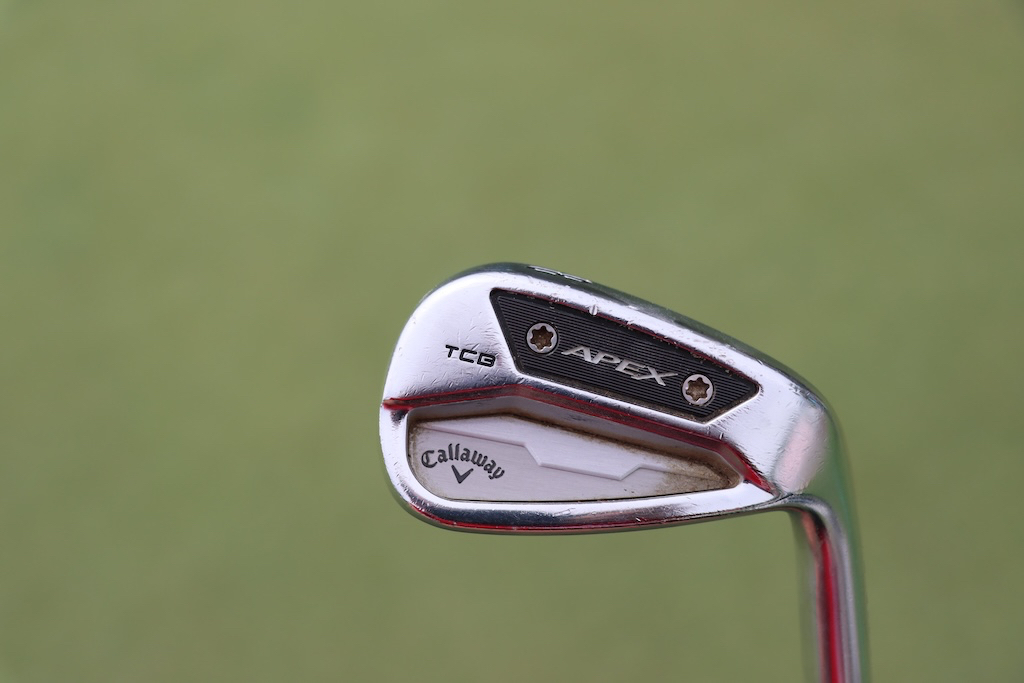
Wedges: Titleist Vokey Design SM10 (56-14F @55), WedgeWorks Proto (60-T)
Shafts: True Temper Dynamic Gold S400 Tour Issue (56, 60)
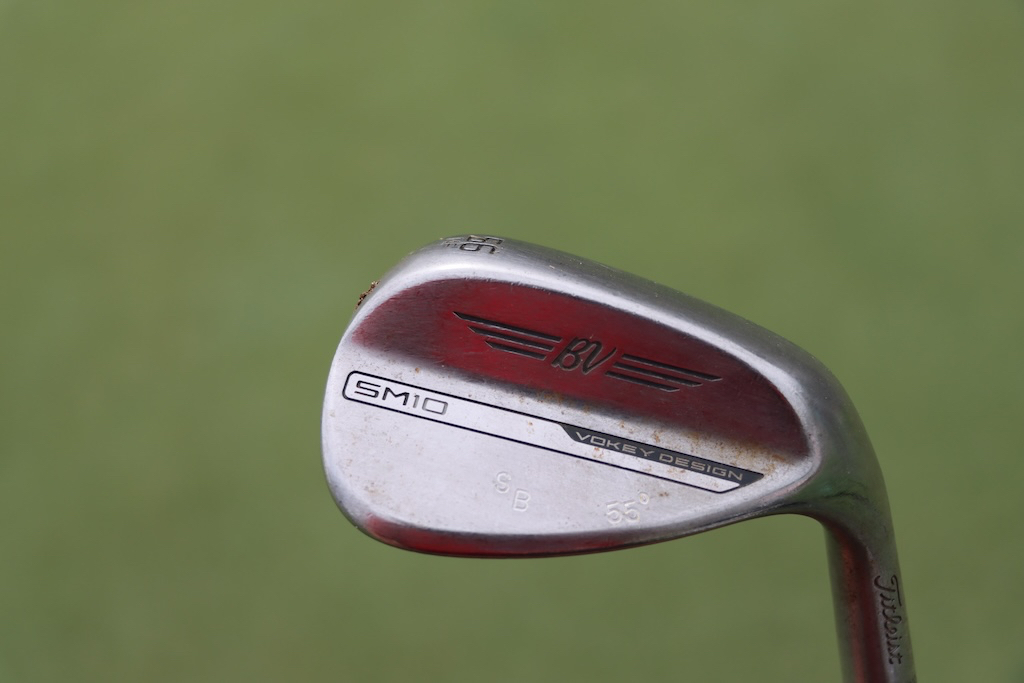
Putter: Odyssey Ai-One #7S
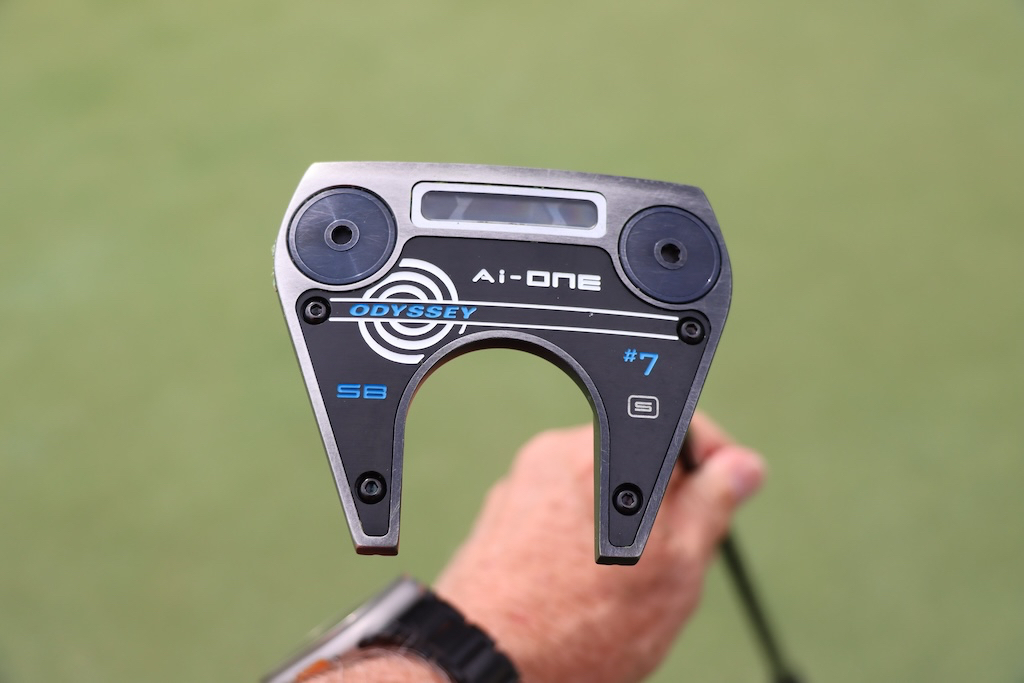
Grips: Golf Pride Tour Velvet Align
Ball: Callaway Chrome Tour X
Check out more in-hand photos of Sam Burns’ WITB in the forums.
- LIKE1
- LEGIT0
- WOW0
- LOL0
- IDHT0
- FLOP0
- OB0
- SHANK0
Whats in the Bag
Will Zalatoris WITB 2024 (April)
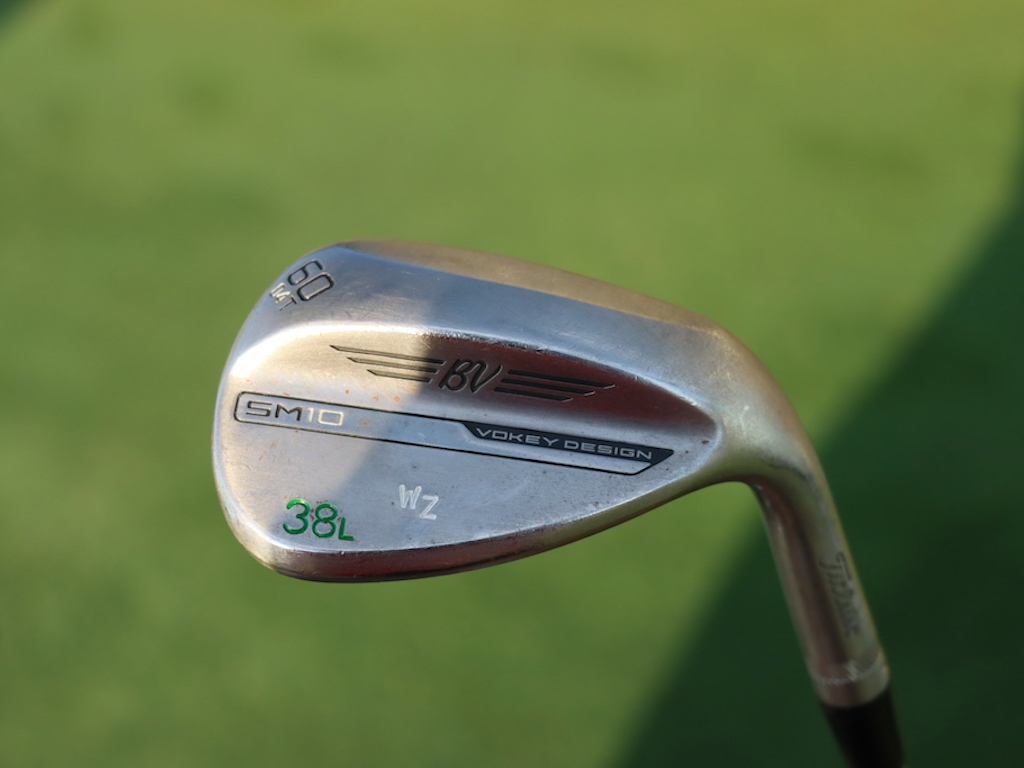
- Will Zalatoris’ what’s in the bag accurate as of the RBC Heritage.
Driver: Titleist TSR2 (9 degrees, A1 SureFit setting)
Shaft: Fujikura Ventus TR Black 7 X (44.5 inches)
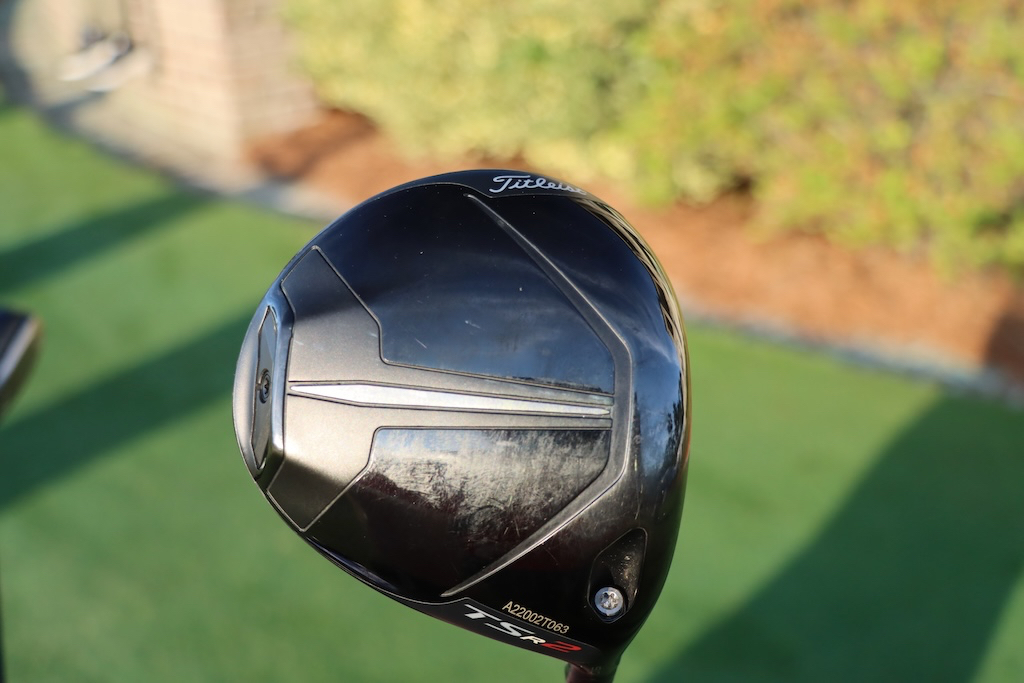

3-wood: Titleist TSi2 (15 degrees, A1 SureFit setting)
Shaft: Fujikura Ventus TR Blue 8 X
Irons: Titleist T350 (3), Titleist T150 (4-PW)
Shafts: Nippon N.S. Pro Prototype G.O.S.T. 10 ST X (3), True Temper Dynamic Gold Tour Issue X100 (4-PW)
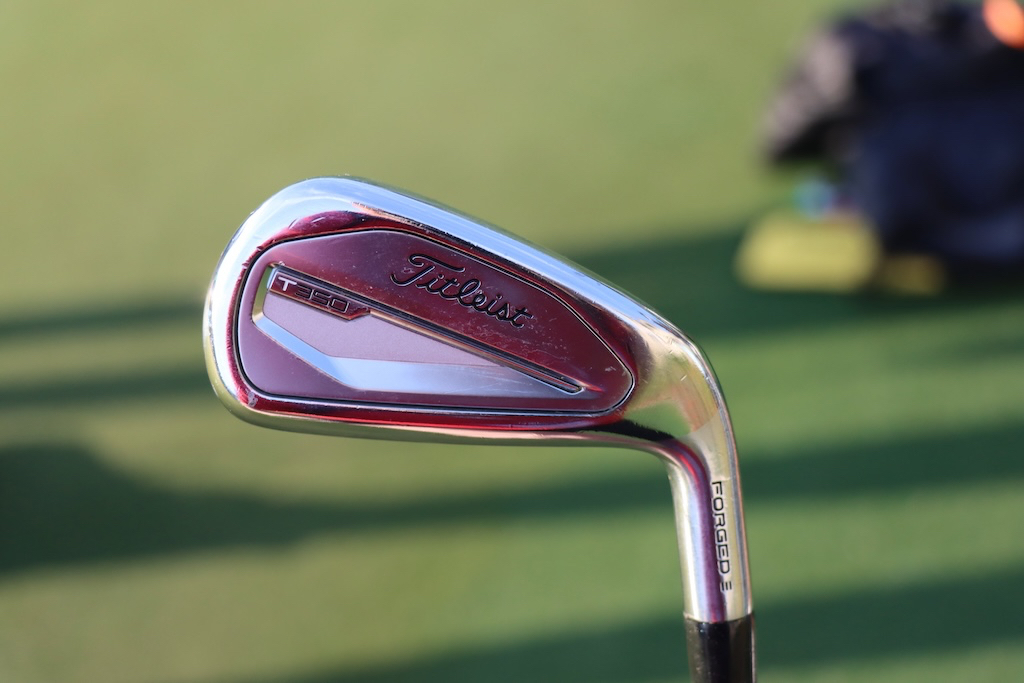
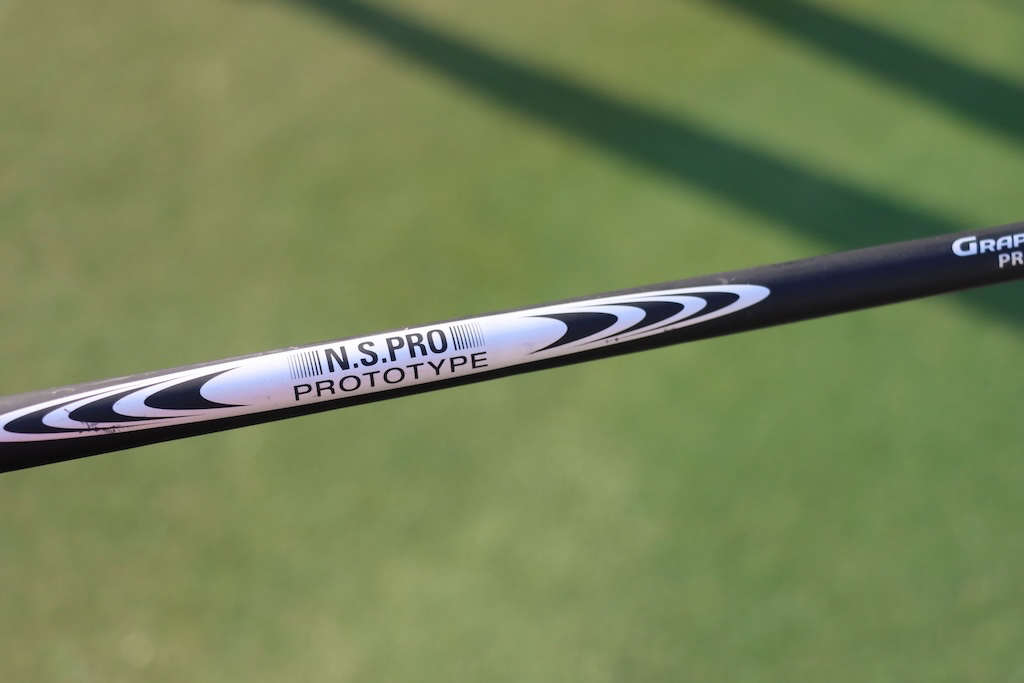
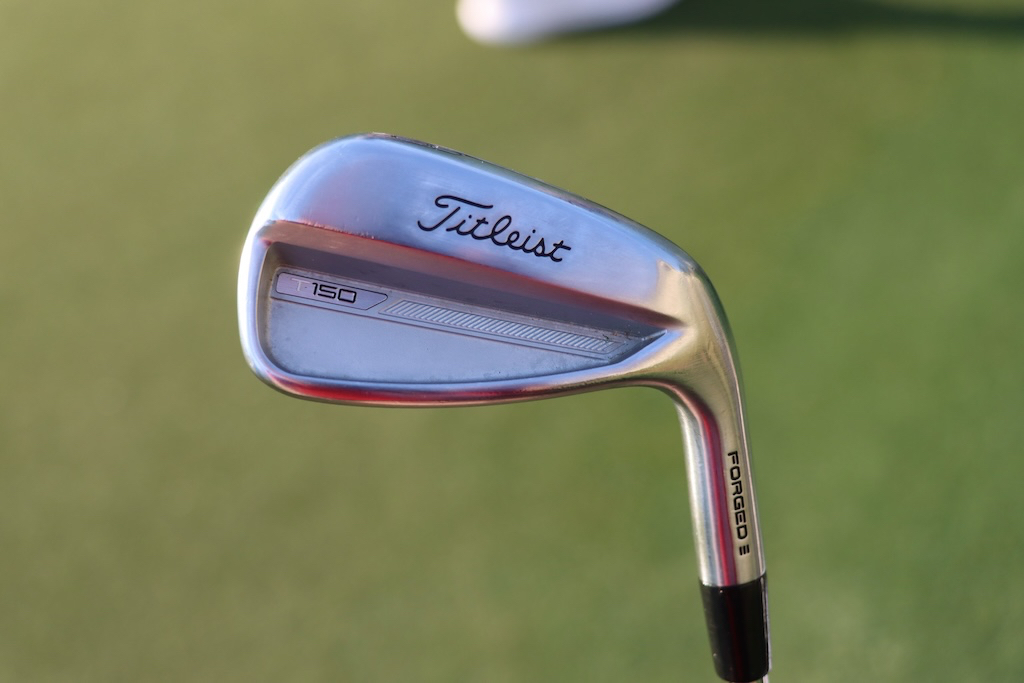
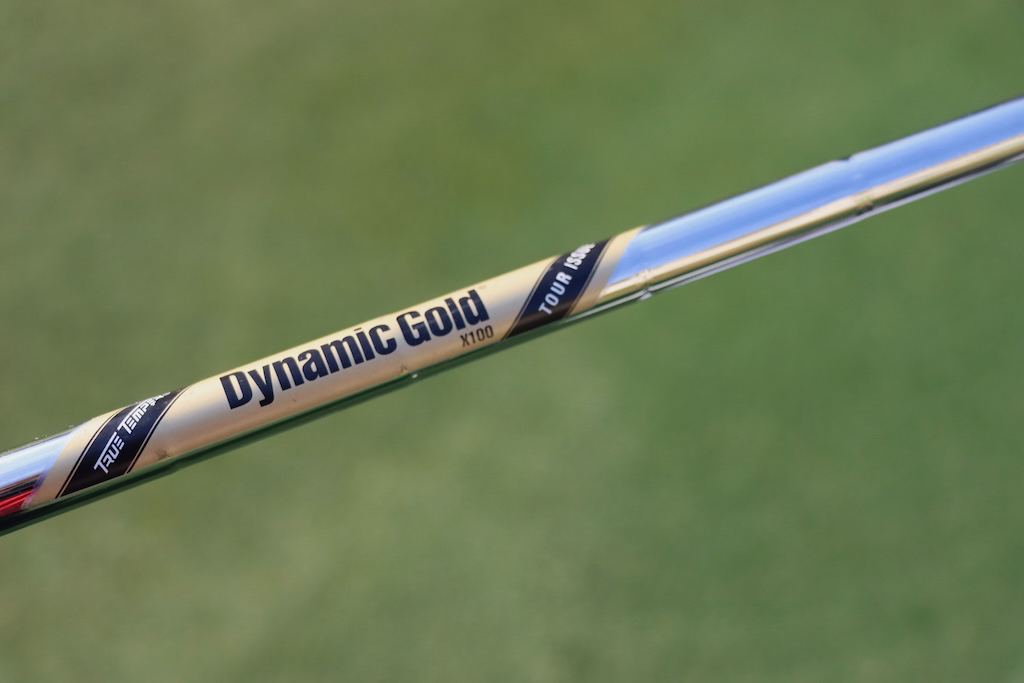
Wedges: Titleist Vokey Design SM10 (50-08F, 54-10S @55, 60-04T)
Shafts: True Temper Dynamic Gold Tour Issue X100

Putter: L.A.B. Golf Mezz.1 Max
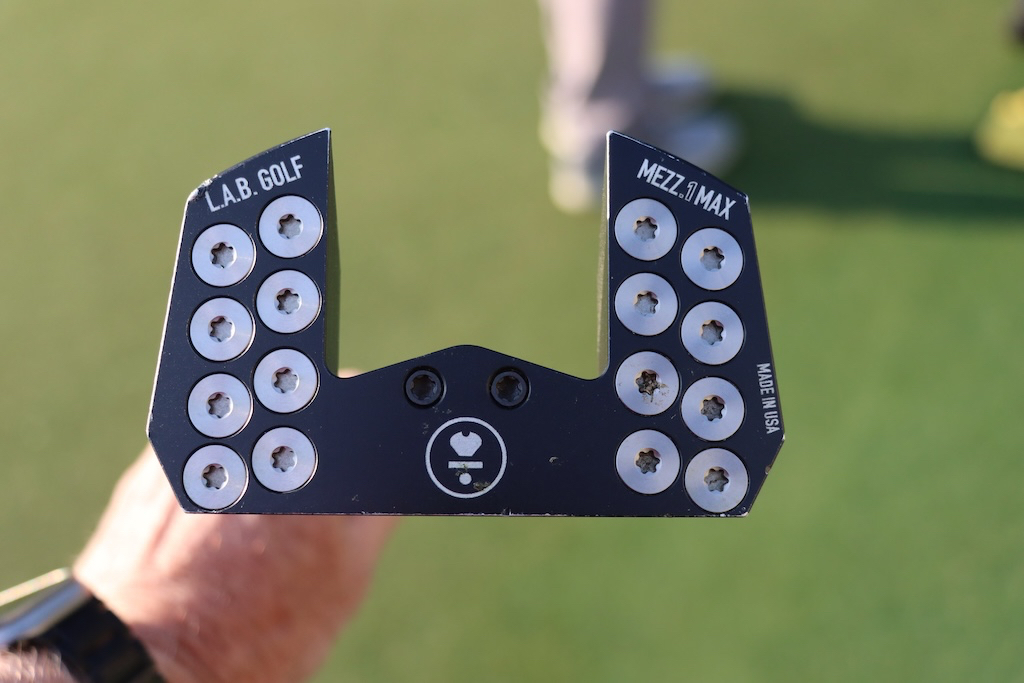
Grips: Golf Pride Z-Grip Cord
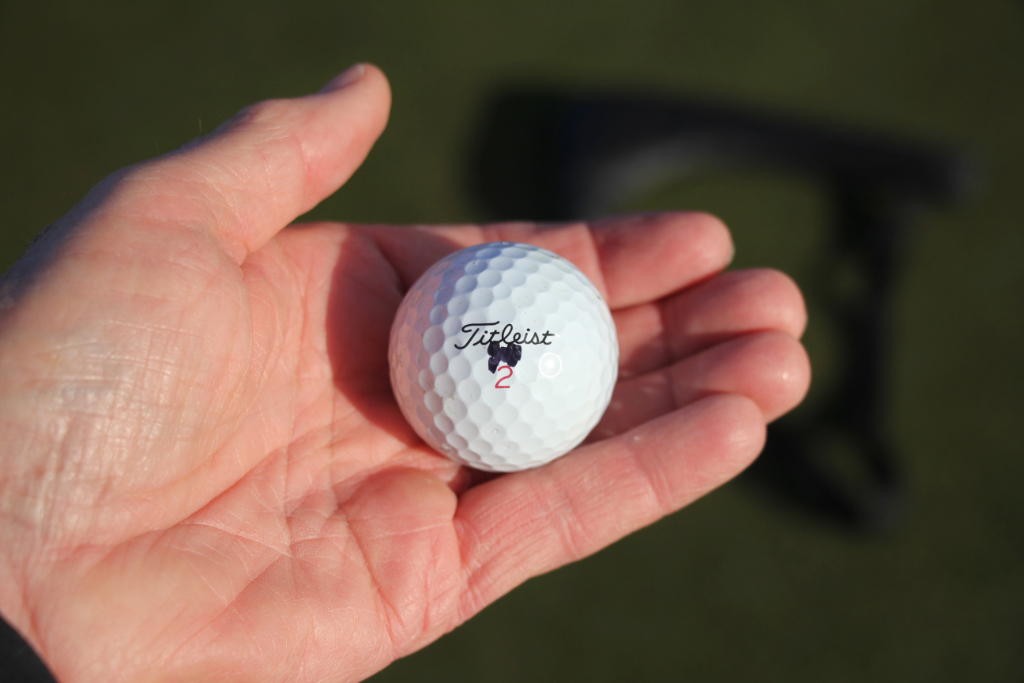
See more photos of Will Zalatoris’ WITB in the forums.
- LIKE1
- LEGIT1
- WOW1
- LOL0
- IDHT0
- FLOP0
- OB0
- SHANK0
Equipment
New Level launches new 480-DB irons, blending performance and forgiveness
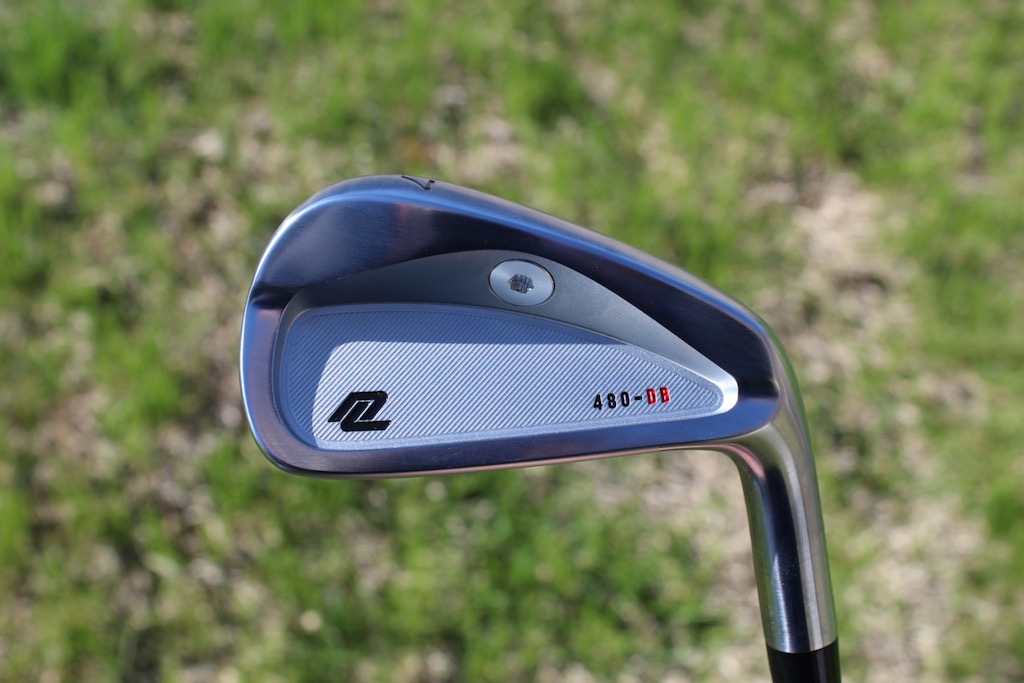
New Level has been making some really good golf equipment since the company started up in 2018. Offering irons that are more geared towards the better player, precision has been a fundamental philosophy for New Level in creating irons and wedges.
The 480 line of irons has been the flagship of the brand, and the newest member of that team is the 480-DB iron that is now open to pre-orders. A new cavity design is what the whole 480 line is about, and the 480-DB takes advantage of that with added ball speed and a larger sweet spot.
For players who require their irons to offer the best feel, rest assured the DB is a fully forged (from 1020 carbon steel) one-piece golf club. No multi-piece, hollow design with this iron.
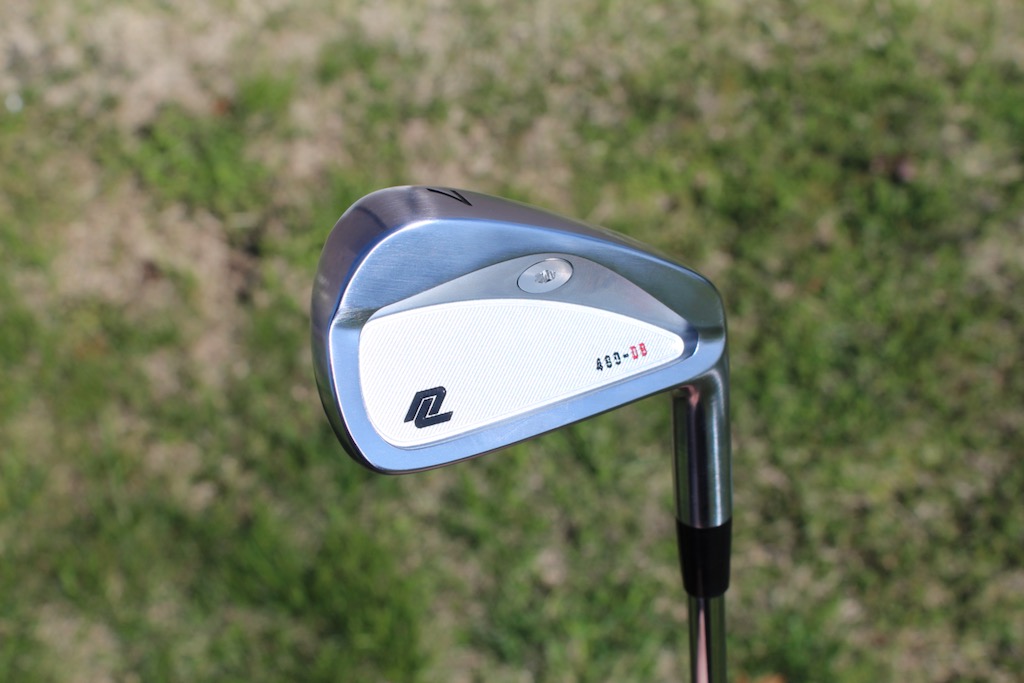
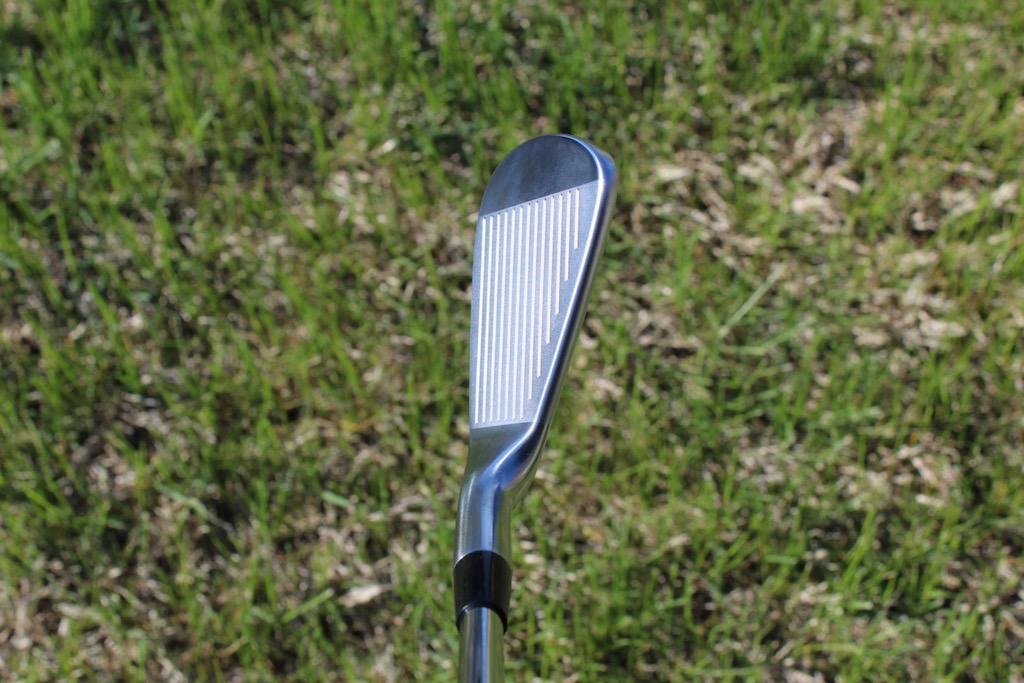
While the 480-DB is the next generation of the popular 902-OS, New Level didn’t follow the current trend in golf by chasing distance with the new iron. They actually weakened the lofts on the 480-DB with the spec sheet showing a 33-degree 7-iron and 45-degree pitching wedge. These lofts allow the DB to have less offset while still offering consistent distance off the face.
A traditional design was also at the forefront of the new irons to make sure that golfers with an eye for detail can look down at them with confidence that they will perform under any condition.
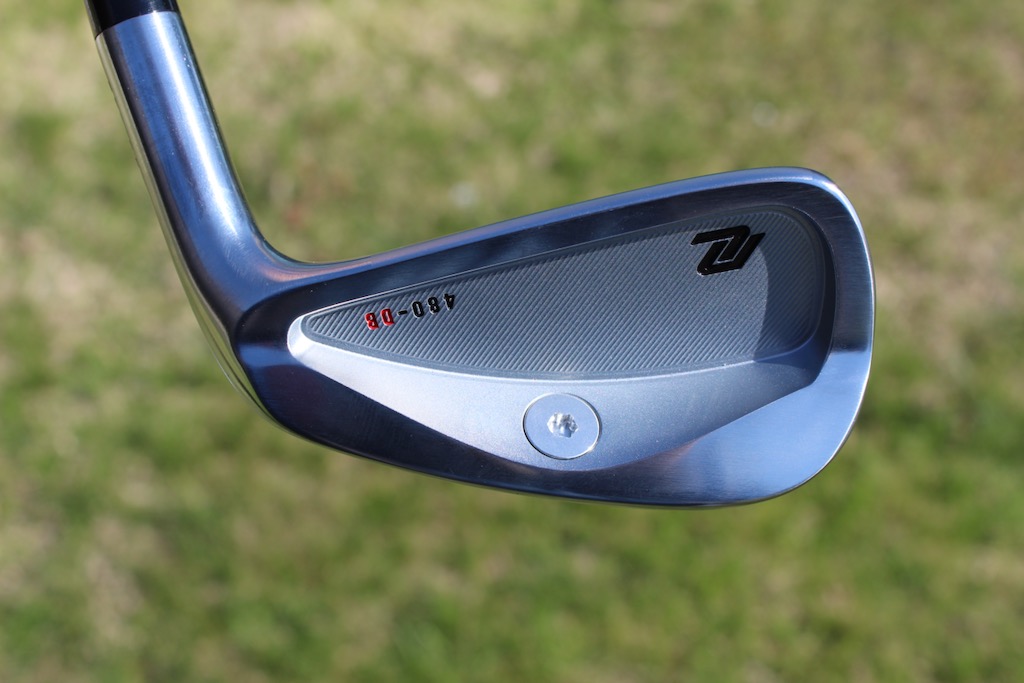
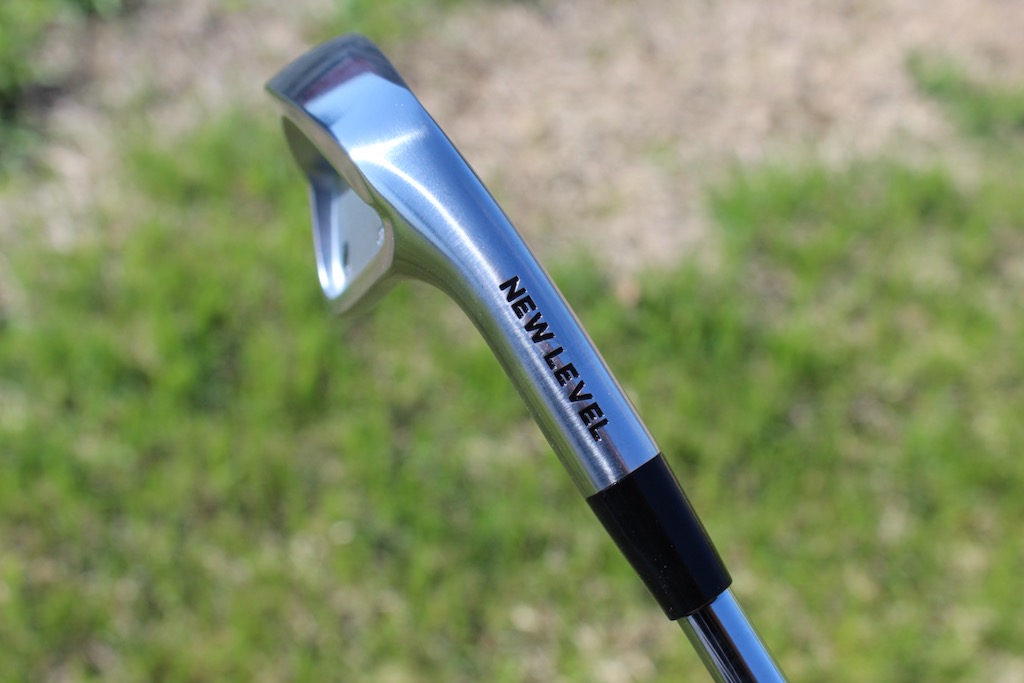
A weight low in the back cavity will allow their master club builders to dial in the perfect weight for the golfer, no matter the length or shaft being used. New Level believes that the new 480-DB is one of the most forgiving one-piece forged irons on the market today. A pre-worn leading edge on the sole should get through the turf quickly and with reduced digging for better turf interaction.
You can pre-order the New Level 480-DB right now on the New Level website.
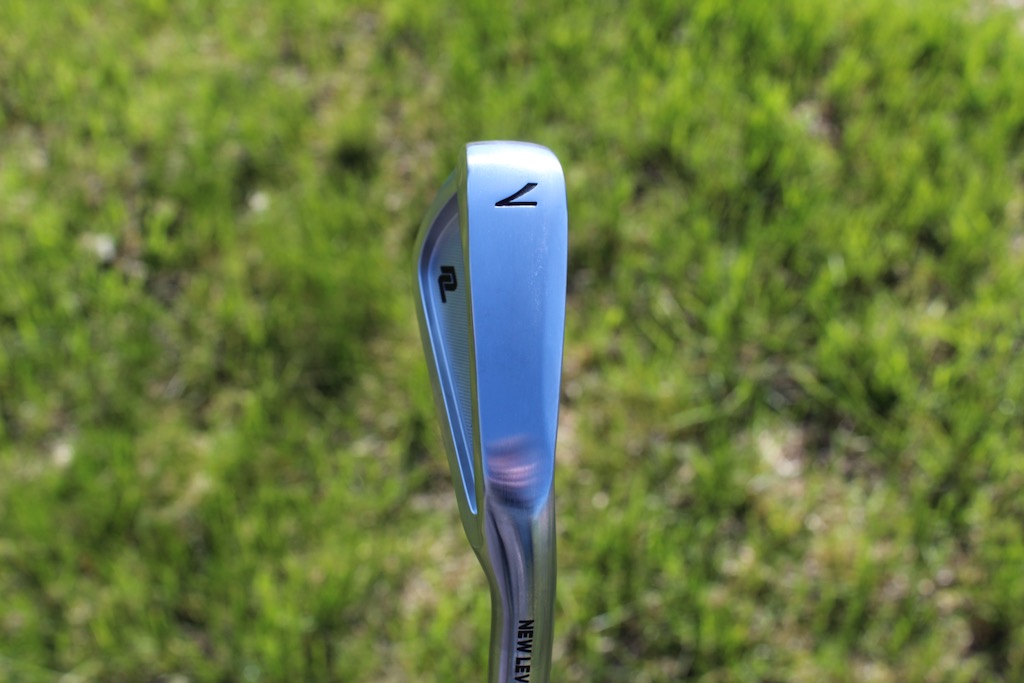
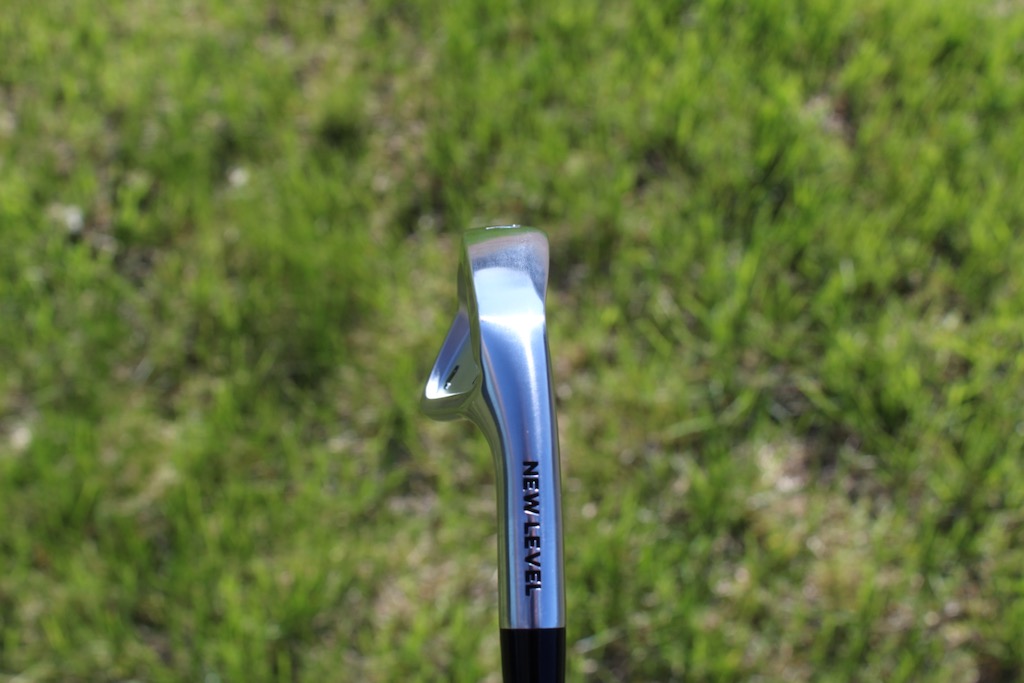

Pricing specs availability
- Irons: 4-PW
- Price: $149/oron
- Availability: Pre-order

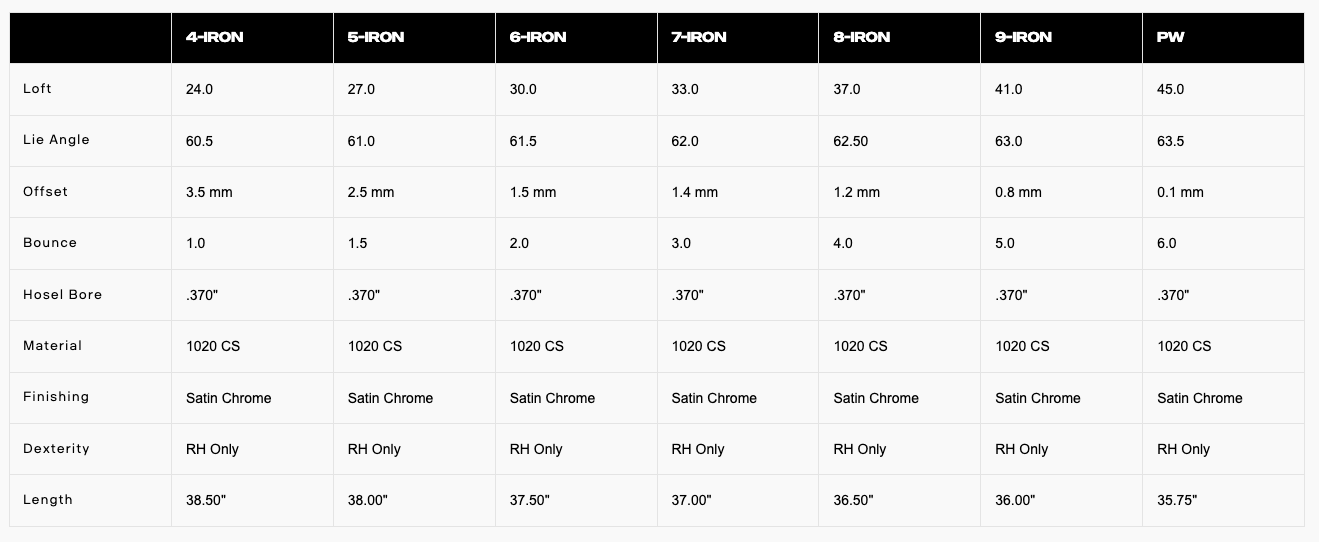
- LIKE20
- LEGIT3
- WOW2
- LOL0
- IDHT0
- FLOP0
- OB0
- SHANK0
-

 19th Hole2 weeks ago
19th Hole2 weeks agoDave Portnoy places monstrous outright bet for the 2024 Masters
-

 19th Hole2 weeks ago
19th Hole2 weeks agoTiger Woods arrives at 2024 Masters equipped with a putter that may surprise you
-

 19th Hole17 hours ago
19th Hole17 hours ago‘Absolutely crazy’ – Major champ lays into Patrick Cantlay over his decision on final hole of RBC Heritage
-

 19th Hole3 weeks ago
19th Hole3 weeks agoReport: Tiger Woods has ‘eliminated sex’ in preparation for the 2024 Masters
-

 19th Hole1 week ago
19th Hole1 week agoTwo star names reportedly blanked Jon Rahm all week at the Masters
-

 19th Hole7 days ago
19th Hole7 days agoReport: LIV Golf identifies latest star name they hope to sign to breakaway tour
-

 19th Hole1 week ago
19th Hole1 week agoNeal Shipley presser ends in awkward fashion after reporter claims Tiger handed him note on 8th fairway
-

 19th Hole6 days ago
19th Hole6 days agoBrandel Chamblee has ‘no doubt’ who started the McIlroy/LIV rumor and why







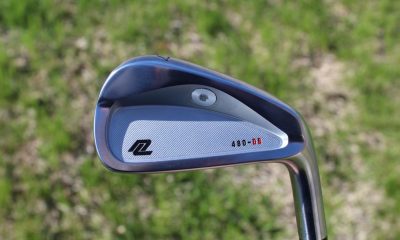

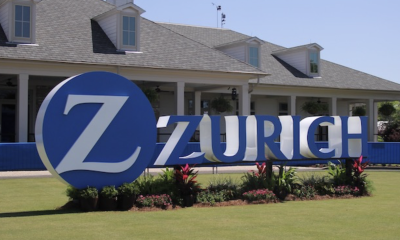

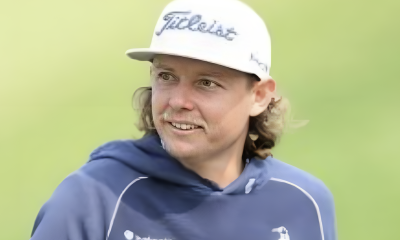









Pingback: Most interesting pictures from Tuesday at the 2021 Farmers Insurance Open – GolfWRX
craig adams
Mar 12, 2020 at 12:42 am
Charles golf game has holes in it. He’s out of the top 200? A golfer as talented as he is shouldn’t have to tinker with clubs. Manufacturers should be throwing their clubs at him. Did his game go sour since moving to PXG? Why do golfers change a winning combination? Look at Westwood and Jiminez; been playing with Pings all their career.
Eldrick
Feb 20, 2020 at 3:38 am
Looks like his Gapr low is a glued non adjustable one.
Nack Jicklaus
Feb 12, 2020 at 1:02 am
He should have just drilled all the way through the faces like the old “Hammer” driver. Boom!!!!!!!!!!
Ima Fitter
Feb 10, 2020 at 5:02 pm
Love it! You don’t need to spend a ton of money on a new set of irons. As long as they are forged and you like the appearance, pre-owned irons can be fit to your swing. Change the loft & lie, change the shaft, change the grips…any qualified club builder can make them work for you.
Benny
Feb 8, 2020 at 8:02 pm
Great catch Wrx and article. Charl left PXG a while ago. But truly suprised he couldn’t get a set directly and have them custom grinded. Anyways great details and love the comments fellas.
bob stelben
Feb 8, 2020 at 3:01 am
Good video on swing weights. Can you explain tipping of the shaft and the reasons or advantages/disadvantages?
Steve
Feb 7, 2020 at 3:23 pm
I thought Schwartzel was a PXG guy? Guess I am mixing up who Parson’s friends are. And I agree….drilling holes in Miura irons is like adding your own touch up paint to the Mona Lisa. To each his own, I guess.
Funkaholic
Feb 7, 2020 at 4:55 pm
I doubt a pro is bagging those Miuras for status, he is going to play the grooves off of those babies, appearance is for weekend hackers.
Donn Rutkoff
Feb 6, 2020 at 3:17 pm
Palmer probably drilled out hundreds of clubs. Tinkering was common. To suit your own swing.
Fergie
Feb 6, 2020 at 12:33 pm
Drilling Miuras like that is, well, blasphemy. He should just get it over with and get CB’s.
Funkaholic
Feb 7, 2020 at 4:53 pm
CB’s are not the same idea at all, he is reducing swing weight, a CB redistributes weigh to lower in the head making raising MOI and them easier to launch.
Mike Cleland
Feb 6, 2020 at 10:32 am
I grew up playing D5 S/W clubs with standard lengths. Does any manufacturers make heavy headed clubs or do they just shove weight down the shaft & change the center of gravity. All my clubs are covered with lead tape. Any suggestions?
PS: I really enjoy your blogs
jgpl001
Feb 6, 2020 at 3:50 am
Nasty workmanship on a quality blade
He appears to be missing the drilled effect of hs old pig’s……
Dennis
Feb 6, 2020 at 1:28 am
Do all the pros go for swingweight instead of MOI-Matching?
Gurn
Feb 6, 2020 at 12:19 am
Those Miuras need that treatment like a hole in the head
bill bourne
Feb 5, 2020 at 8:01 pm
Does drilling out the backs affect the overall thickness spec?
JP
Feb 6, 2020 at 8:32 am
Huh? Overall thickness spec? What is that?
Tim Armington
Feb 7, 2020 at 7:54 am
You dont know what a thickness spec is??? Wow.
Funkaholic
Feb 7, 2020 at 4:56 pm
Ha! This guy doesn’t know what thickness spec is!
maroon
Feb 8, 2020 at 4:32 am
I know but it has nothing to do with golf 😉